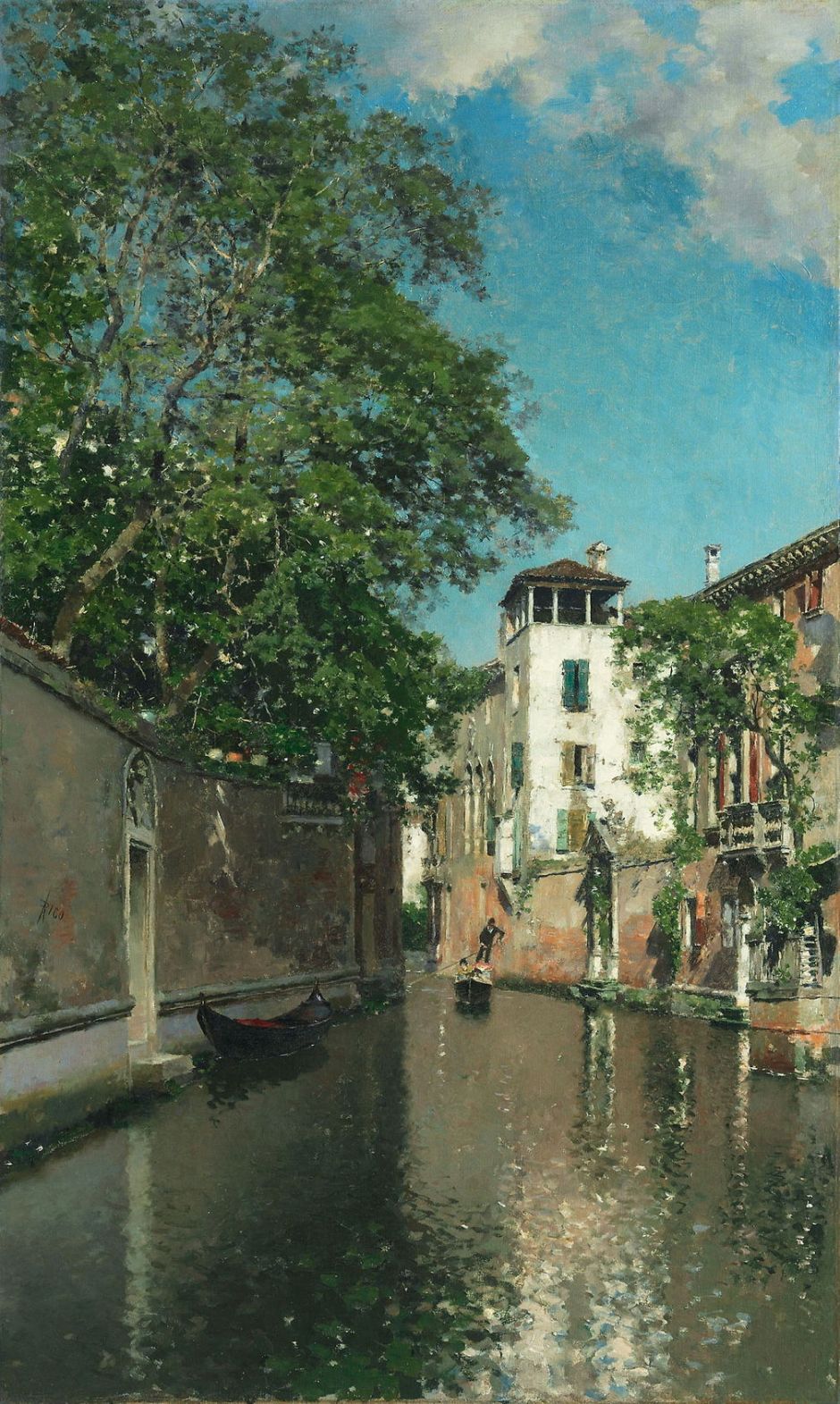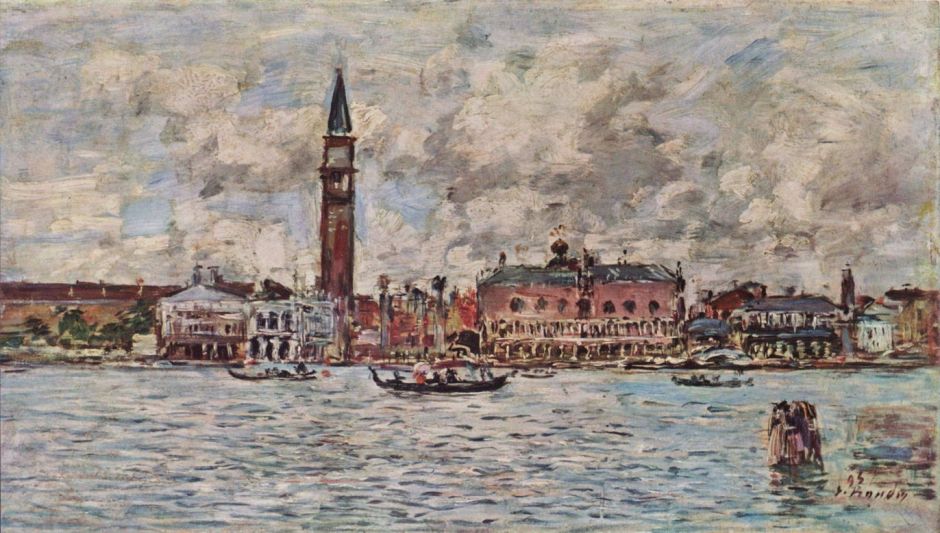Reading visual art: 169 Wedding, personal
After yesterday’s accounts of the extraordinary weddings in myth and other narrative, in this article I consider a small selection of depictions of more normal wedding celebrations, from the personal and tender to some amid spectacular scenery.
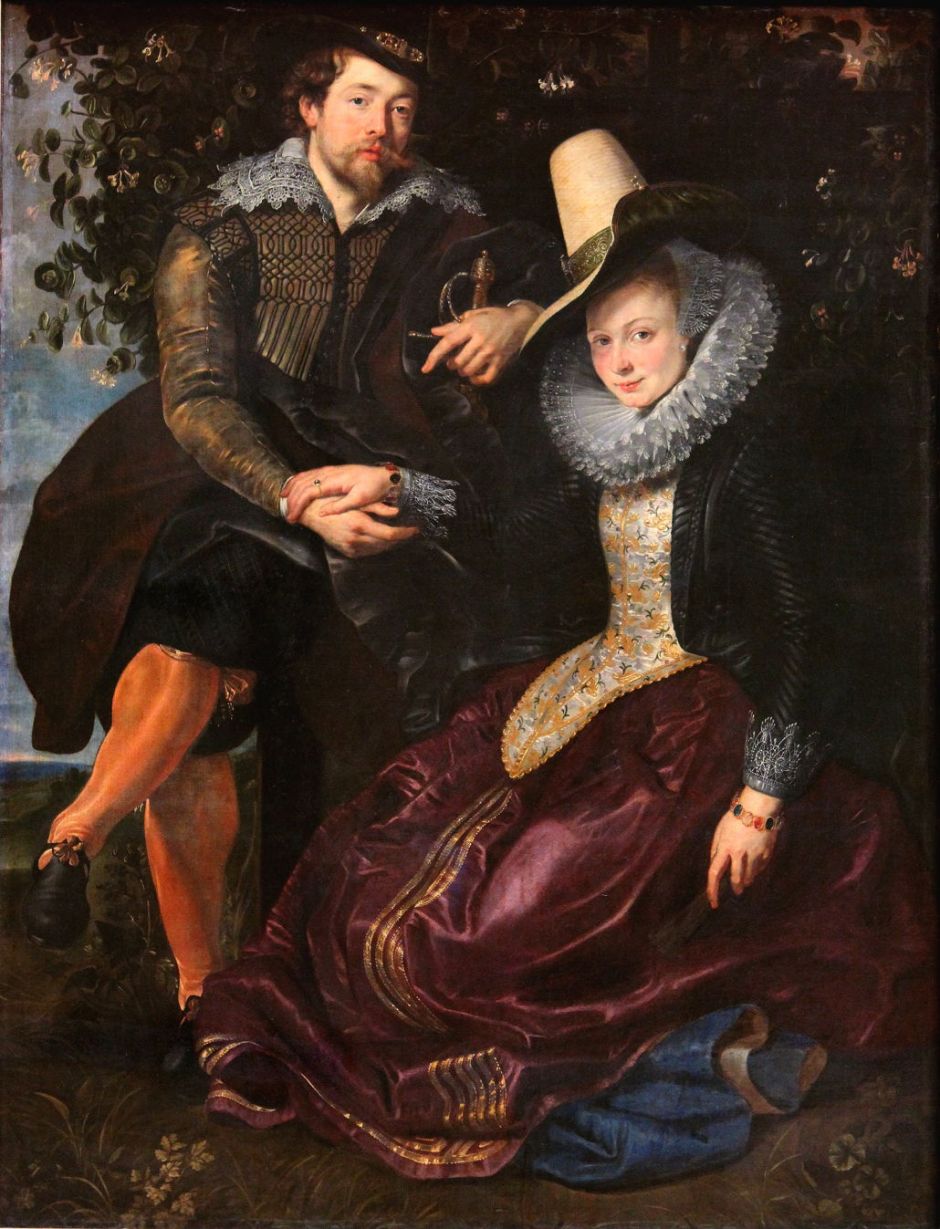
When Peter Paul Rubens married for the first time, to Isabella Brant in the autumn of 1609, he painted this touching celebration, the Honeysuckle Bower, the closest that he could come to the modern wedding photo of bride and groom. Honeysuckle was a well known symbol for faithfulness, and hands laid over one another (“dextrarum iunctio”) have symbolized matrimony since ancient times. Tragically, their bliss was to be short-lived, as Isabella was to die of the plague in 1626 when she was only thirty-four.

Antoine Watteau’s first masterpiece, Marriage Contract and Country Dancing from about 1711, combines three stages of a wedding in a single image, as if in multiplex narrative. In the distance at the far left is the tower of the church where the priest brought the couple together in union in front of God. In the centre, they sign their contract of marriage, while around them is the country dancing of the secular celebration.
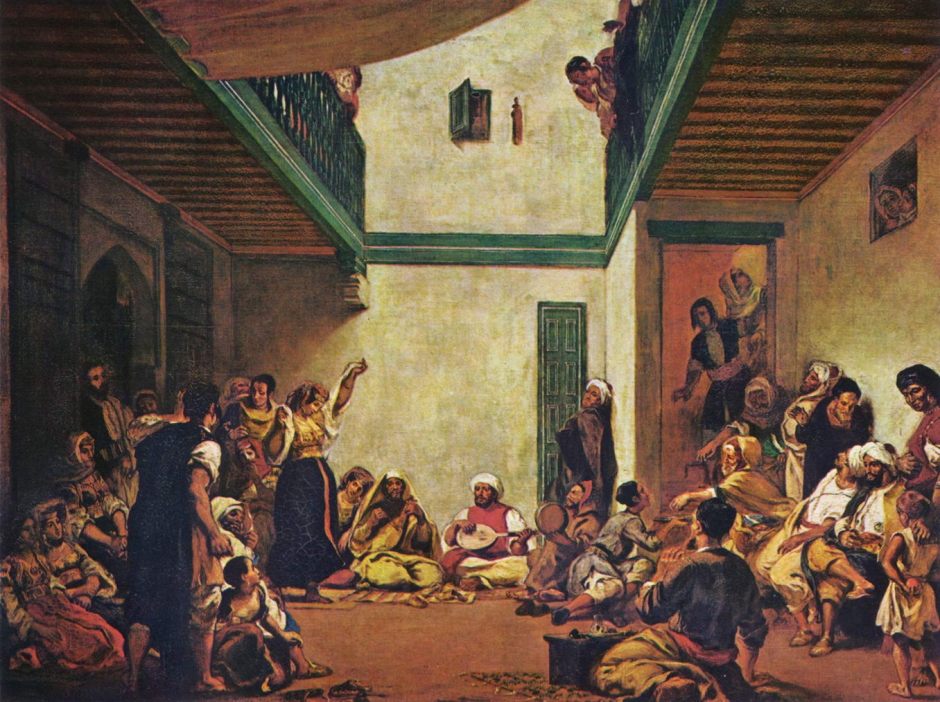
Eugène Delacroix started painting his Jewish Wedding in Morocco in 1837, apparently as a commission, and completed it in time for the 1841 Salon. The viewer is given the opportunity to see one of the women dancing in honour of the bride, in a ceremony clearly intended to be very private.

Weddings in the villages around the fjords of the far south-west of Norway, to the east of Bergen, were very special events. To show this, Hans Gude joined forces with Adolph Tidemand in this marvellous painting of Bridal Journey in Hardanger in 1848. Tidemand’s figures are seamlessly integrated into Gude’s majestic landscape.

Weddings continued through winter in the Carpathian Mountains, in modern Ukraine. Kazimierz Sichulski’s Hutsul Wedding from 1909 shows a wedding party in traditional dress making their way through the snow.
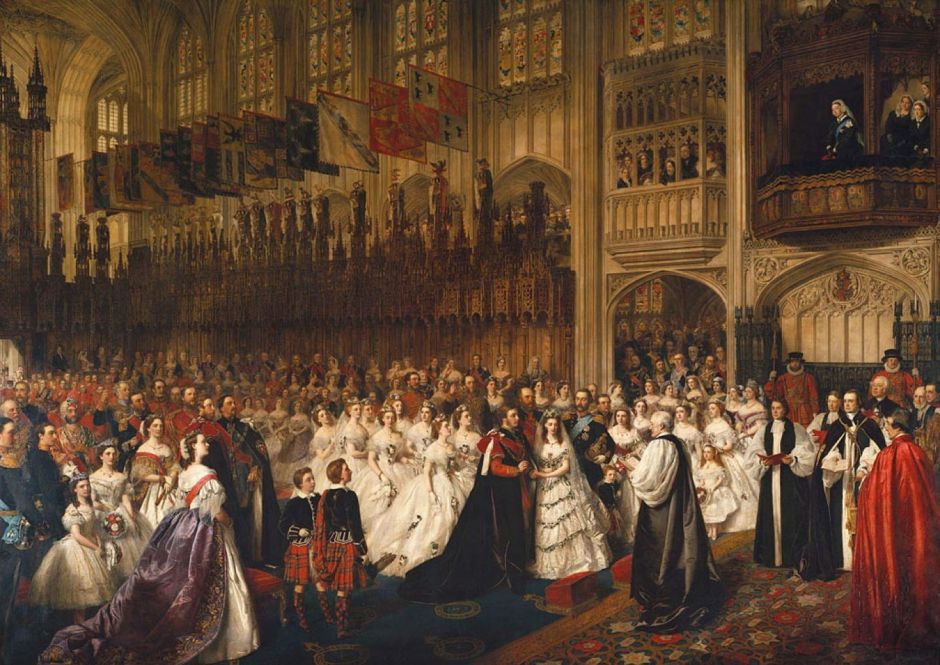
Royal weddings merited pageantry of a different form, as shown in William Frith’s painting of the Marriage of the Prince of Wales, 10 March 1863 completed in 1865. This took place under the watchful eye of the groom’s mother, Queen Victoria (on the balcony at the upper right), who seems to be attracting as much attention as the wedding in progress below her. The groom was to become King Edward VII on the death of the Queen; his bride was Alexandra of Denmark, who was only eighteen at the time. The ceremony took place in Saint George’s Chapel in Windsor Castle. By this time, Victoria’s husband Prince Albert had died and she had effectively withdrawn from public life.

Marià Fortuny, whose interest in ceremony and costume has led to him being dubbed a Costumbrist, painted this intricately detailed view of The Spanish Wedding in 1870. The scene is the interior of a sacristy, where a wedding party is going through the administrative procedures of the ceremony. The groom is bent over a table, signing a document, while the bride behind him (holding a fan) is talking to her mother.
The rest of the wedding party waits patiently, but a woman at the back of the small group turns towards a penitent, who stands to the right of the group. He carries an effigy of the soul burning in flames. The wedding party, and a group seated at the right, are shown in richly-patterned dress, as if attending a masked ball. Their detail contrasts with the more painterly rendering of the surroundings.
In the late nineteenth century weddings changed forever, when they became the preserve of the photographer.
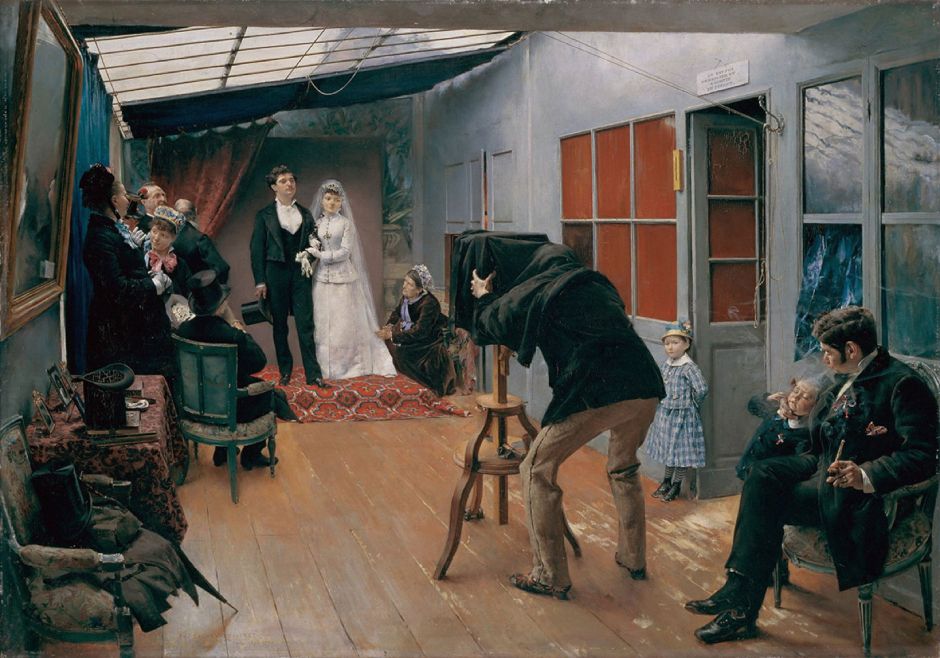
Pascal Dagnan-Bouveret’s A Wedding at the Photographer’s (1879) comes close to a photographic realism throughout the image. He was calculating in his choice of motif: the wedding market wasn’t one that could be catered for by painters, at least not in the way that photographers were starting to capitalise on it. The image gives the appearance of veracity, and uses subtle signs to make photography appear cheap and nasty compared with painting. There is an irony in this painting too, in that Dagnan-Bouveret was one of the first painters to incorporate photography into his working methods, later using it in conjunction with more traditional sketches and studies when preparing major works.
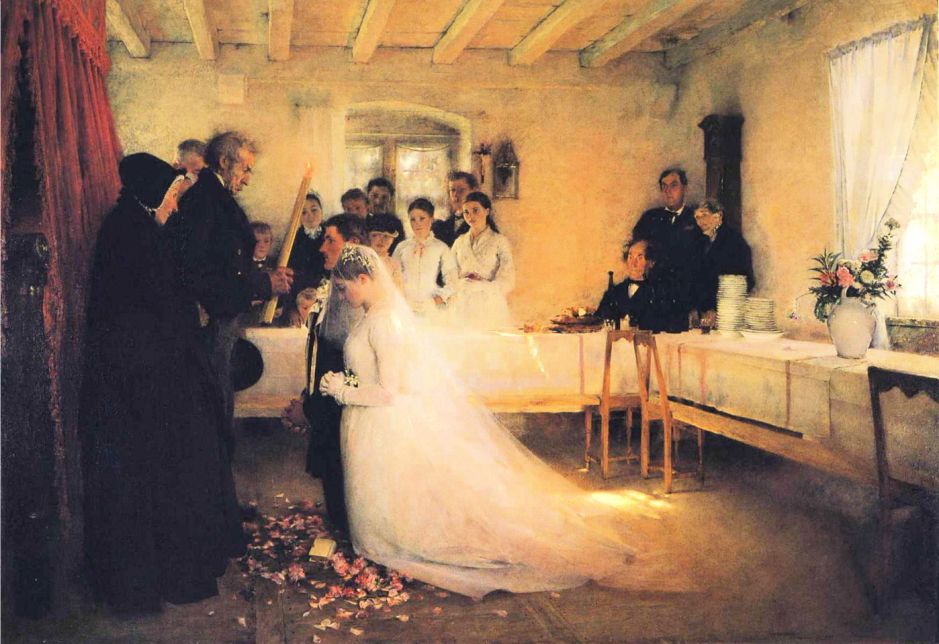
A year or two later, Dagnan-Bouveret revisited the wedding theme without the aid of a photographer, in his Blessing of the Young Couple Before Marriage (1880-81). This traditional subject is lit by brilliant sunshine from the right, which almost makes the bride’s dress appear to be on fire.
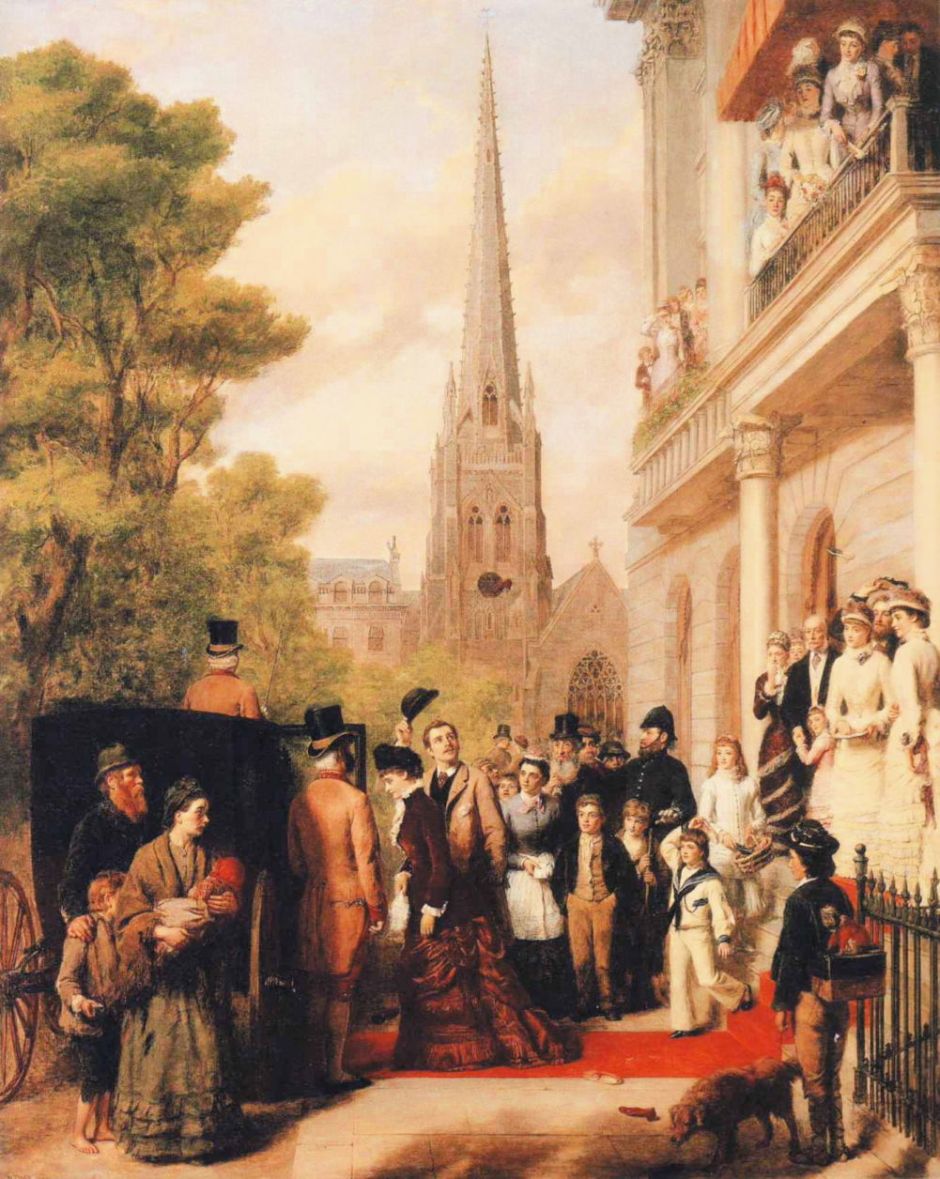
By coincidence, William Frith also returned to the theme at the same time, in For Better, For Worse from 1881. This is one of his Hogarthian paintings, most definitely not by Royal command, and passing comment on contemporary society with its glaring inequalities. He contrasts an affluent couple departing for their honeymoon in a hansom cab, with a poor couple and their two children watching at the lower left, a theme that I’m sure the author Charles Dickens would have appreciated had he not died a decade earlier.
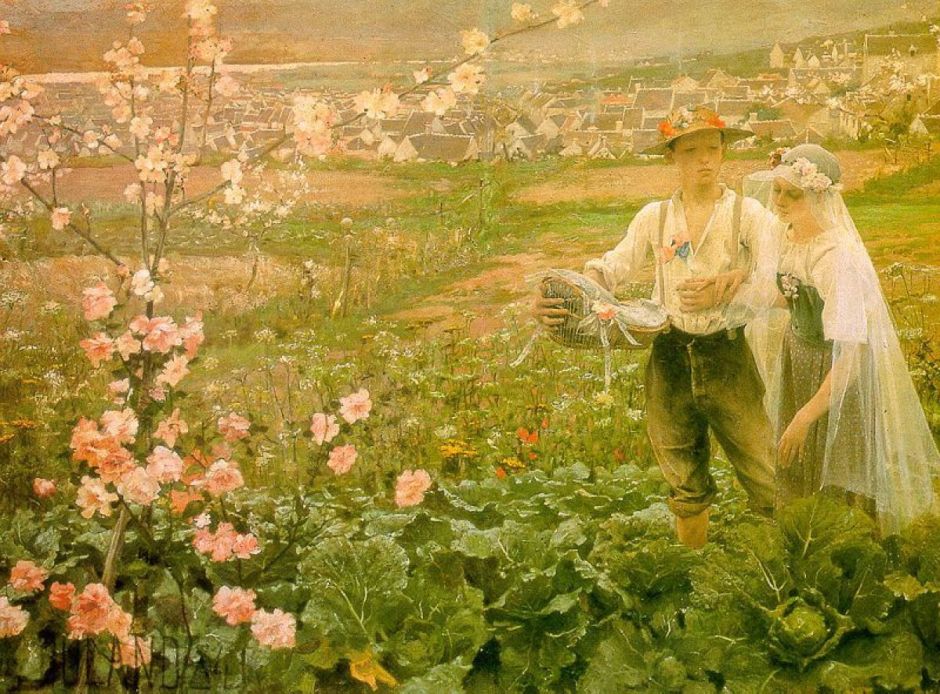
My final nineteenth century wedding painting is by another Naturalist, Jean-Eugène Buland, although here being more than a little sentimental and romantic, even populist. His idyllic Innocent Wedding from 1884 shows a young couple strolling arm in arm through blossom with their home village in the distance.


